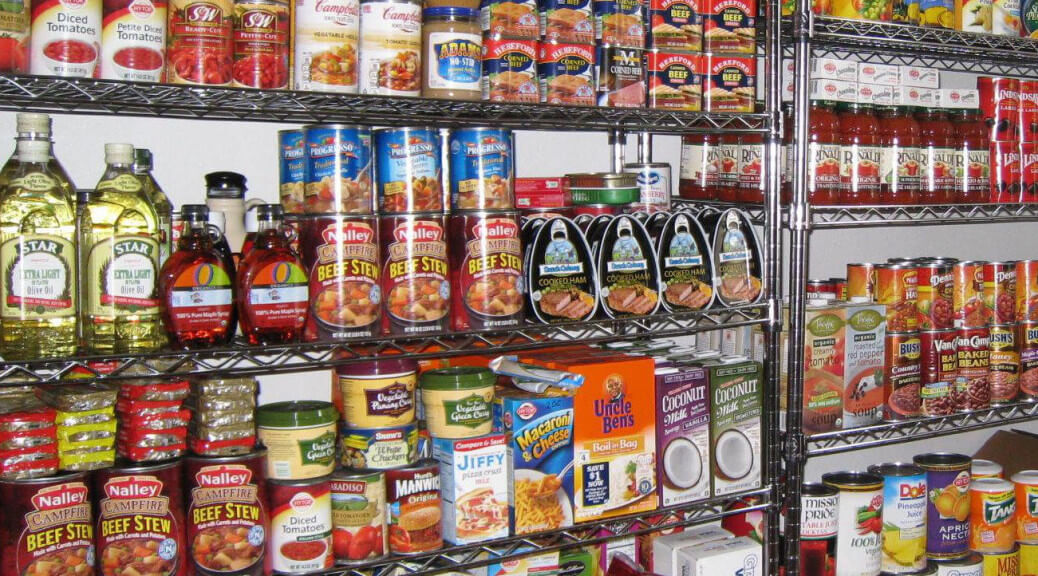
Wearable, artificial kidneys have been in the news recently as a new technological alternative to traditional dialysis. Great news! Or is it?
Don’t get me wrong, this technological advance will make people’s lives better. But the incentives to create artificial kidneys should never have existed.
Before I tell you why, I need to lay out some terminology. In undergraduate microeconomics classes, we distinguish between the short run and the long run. The short run represents time periods during which some factors of production (usually capital) are considered fixed, while others may vary. In the long run, all factors can vary. But both the short run and the long run presume a fixed, exogenous production technology. How do we study situations where the technology itself can change?
Economists have a term for that: the very long run. In the very long run, technology itself can change, so that the same inputs can (potentially) produce greater output. To the extent that people can direct technological progress, they will economize on the most costly factors of production.
A concrete example: your car probably runs on a combustion engine. Combustion requires gasoline and oxygen. Since the car was invented, there have been many innovations to allow cars to go farther with less gasoline. But nobody has made a big effort to cut car engines’ oxygen consumption. Why? Because oxygen is not scarce and gasoline is. In situations where oxygen is scarce, such as at the bottom of the ocean or outside earth’s atmosphere, it would make sense to conserve it.
The development of artificial kidneys means that, at some point, some investor chose to invest in research and development in artificial kidneys over some other investment. It’s easy to see why. Kidney failure affects millions of people and dialysis is both painful and expensive. Some new technology that reduced kidney patients’ suffering and expense would be hugely profitable.
But here’s the issue: kidneys are not scarce. We are all born with an extra kidney. And yet, we have to wait for motorcycle accidents to get our hands on any kidneys. Why? Because it’s illegal to buy or sell kidneys.
Well, that’s not completely true. It is legal to buy and sell kidneys, but only in Iran. And, surprise surprise, Iran is the only country with no waiting list for kidney transplants. If the rest of the world could follow Iran’s lead, the kidney shortage would be solved. Instantly. And if there were no kidney shortage, there would be very few people on dialysis. And if there were very few people on dialysis, there would be a significantly reduced demand for artificial kidneys. And if there were a significantly reduced demand for artificial kidneys, the resources that went into developing them could have been directed to solving other problems.
We have enough problems without creating new ones. There’s no sound justification for the prohibition on kidney markets. They need to be legalized.
The post Artificial Kidneys Would Not Have Been Created in a Free Market appeared first on The Economics Detective.

